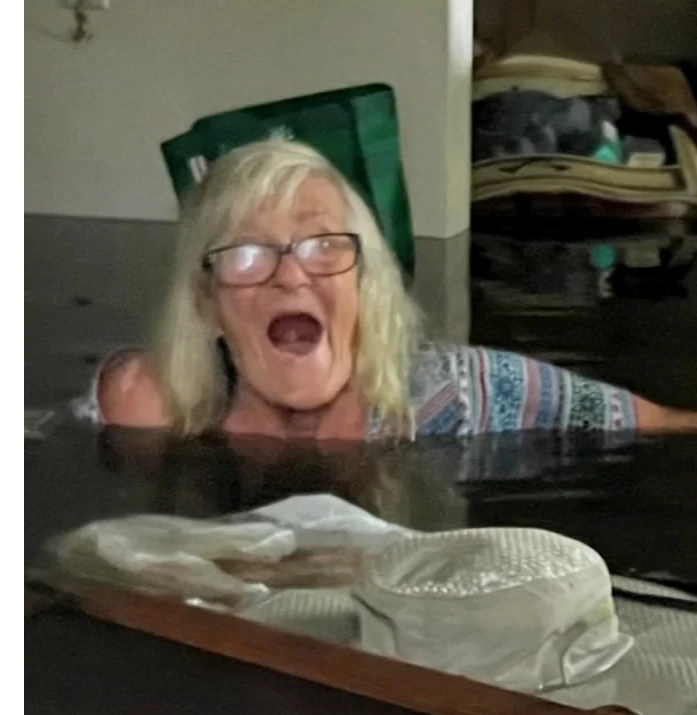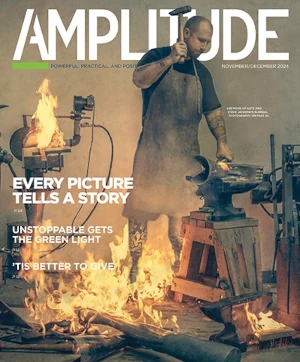
Karen Lauder’s dramatic rescue during the storm surge of Hurricane Ian has made international news. Photos of the elderly Lauder (a lower-limb amputee) in her kitchen, collarbone-deep in murky water, have been beamed around the world. Ditto the video of her being pushed to safety in her wheelchair through the submerged streets of her Florida hometown.
It’s a heroic tale with a happy ending, so it’s no wonder that this has gone viral. But we’re hoping the incident will spark some discussion about a broader story. Millions of Americans live every day with mobility challenges, including seniors and people with limb loss and other disabilities. And those people face the highest risk of coming to harm in the floods, fires, heat waves, and other environmental challenges that are occurring with increasing frequency. According to early reports, about three-fourths of this hurricane’s victims were 60 or older, and one-fourth were 80 or older. The majority of them drowned, as Karen Lauder nearly did. Others died when power outages led to the failure of oxygen tanks or other life-supporting healthcare technology.
Those impacts could and should have been anticipated, according to a report published earlier this year on climate preparedness. “Countries have not considered how people with disabilities can be included in climate plans,” the report’s author told The Guardian. “They have been systematically ignored.” The paper noted that people with disabilities bore a disproportionate share of the impacts of New Orleans’ Hurricane Katrina—which happened 17 years ago, if you can believe it. After Hurricane Sandy, which flooded the streets of Manhattan a decade ago, people with disabilities sued the city of New York over its lack of wheelchair-accessible public shelters.
Similar issues occurred last summer in the deadly wildfires of northern California and in the previous summer’s blazes in the Oregon Cascades. “The disabled community is especially vulnerable to the devastation of wildfires,” notes Krystal Vasquez, an environmental researcher who has limited mobility due to a chronic health condition. In addition to the challenge of evacuating ahead of fires (which, unlike hurricanes, often can’t be predicted in advance), people with disabilities face hazards from smoke inhalation, deprivation of essential health services, and emergency plans that don’t account for their needs.
At a Senate hearing a few years ago, preparedness expert Paul Timmons testified that people with disabilities are two to four times more likely to die or sustain a severe injury in a natural disaster than able-bodied people. That statistic now includes Karen Lauder, whose immersion in Ian’s floodwaters left her hospitalized with a severe infection. So while her miracle rescue has warmed hearts the world over, the larger story isn’t a feel-good one. It’s a call to action—specifically, for communities not to assume able-bodiedness in their disaster preparedness plans, but rather to include specific provisions to support people with mobility challenges and chronic health needs.
In the meantime, according to the Environmental Protection Agency, people with disabilities can take steps to prepare themselves for climate emergencies by:
- Creating a support network of family and friends to connect with before and during natural disasters. That’s what saved Karen Lauder’s bacon.
- Having an evacuation kit that includes medicines, food, water, and other essentials.
- Registering in advance with local first responders, so they know you’re in their area.
- Knowing which shelter facilities in your area are designed with accessibility in mind




